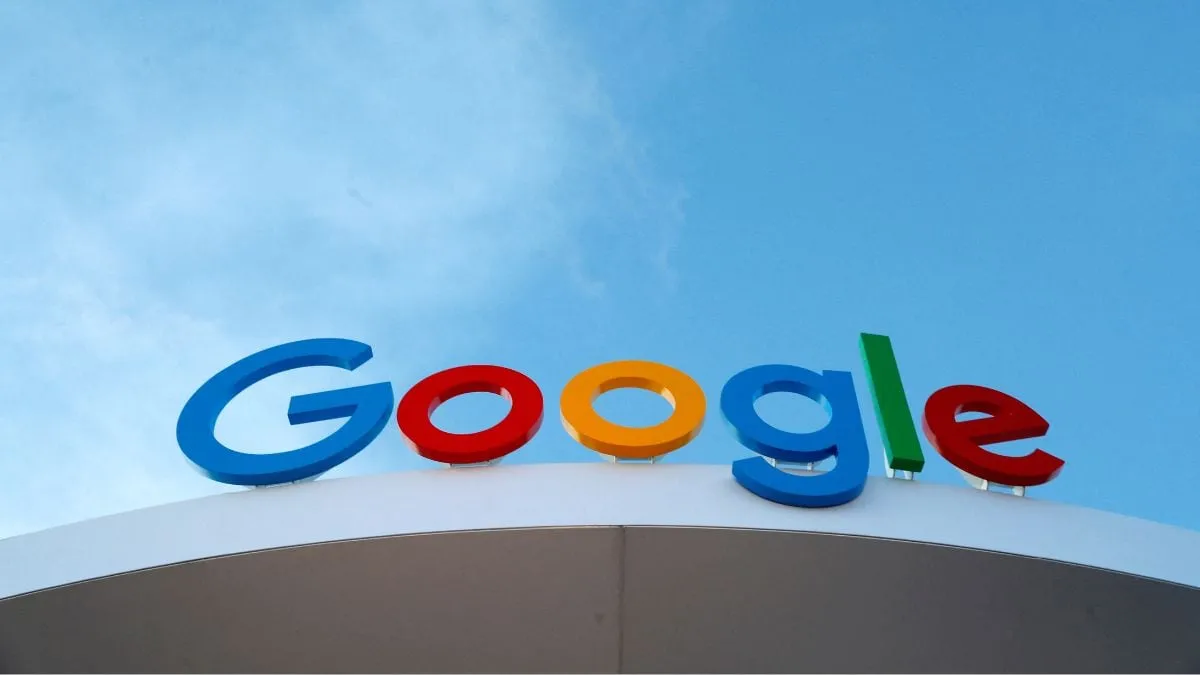Google Revolutionizes AI Images Detection with C2PA Content Credentials

C2PA Technology: Google Enhances AI Images Detection
Google's initiative with Content Credentials aims to revolutionize the detection of AI-generated images utilizing C2PA technology. This development seeks to enable users to ascertain the authenticity of images and combat the proliferation of deepfakes. By integrating the C2PA metadata into Google Images, Lens, and Circle to Search, users are empowered to verify the origin of images they encounter.
Advanced Protection Against Deepfakes
As AI technology continues to evolve, the difficulty in distinguishing between genuine and digitally manipulated images has surged. Google reports that recent advancements with the C2PA standard have led to the creation of version 2.1, aimed at enhancing security and providing stricter requirements against tampering.
- Google joins the Coalition for Content Provenance and Authenticity (C2PA)
- New technical standards integrated across Google’s image tools
- In-house watermarking technology, SynthID, set to unveil more security features
Integration with YouTube and Advertising
Furthermore, Google plans to implement C2PA metadata within its advertising systems, shaping policies and enforcement strategies while relaying information to users on YouTube. With the increasing use of AI in content creation, the emphasis on transparency is more critical than ever.
Google's forward-thinking moves signify a pivotal moment in the ongoing battle against misinformation through visual content.
This article was prepared using information from open sources in accordance with the principles of Ethical Policy. The editorial team is not responsible for absolute accuracy, as it relies on data from the sources referenced.